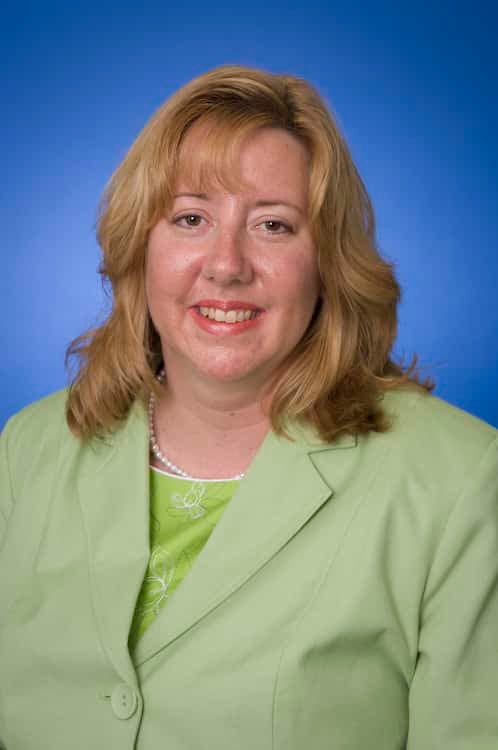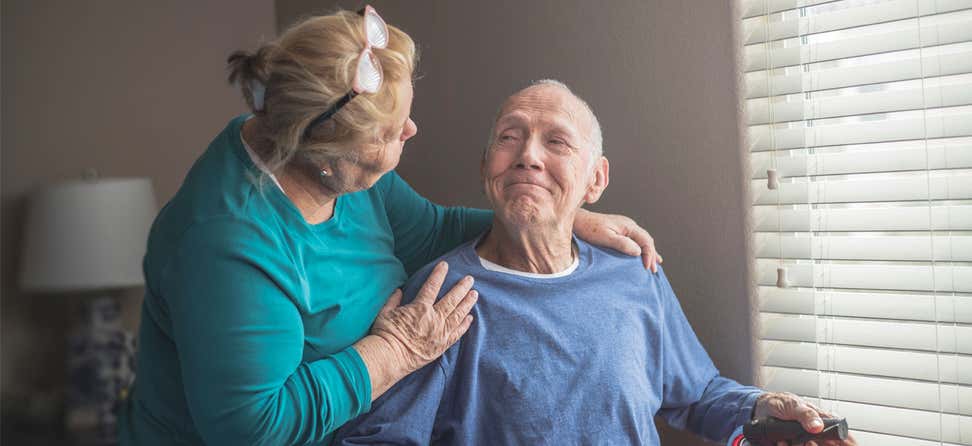On April 9, President Biden sent Congress a summary of his Administration’s $1.5 trillion discretionary budget request for 2022. After a decade of flat funding, budget caps, and cuts, the request seeks to increase domestic spending by 16%. Included are home and community-based services, respite care, and nutrition programs for older Americans.
The summary kicks off the fiscal year (FY) 2022 budget and appropriations process in Congress, which designates funding for federal programs and agencies, including those that serve older adults. Congress has until October 1 to enact the 12 individual appropriations bills before the federal fiscal year begins.
The summary request does not include mandatory programs, such as Social Security, Medicare, Medicaid, and the Supplemental Nutrition Assistance Program. Those will be addressed in the full FY22 budget request released in the coming weeks.
What’s proposed in fiscal year (FY) 2022 budget?
Because the document is a summary, it is light on details. More will be included in the full budget request. But the summary does illustrate the Biden Administration’s priorities when it comes to spending on domestic programs. Here’s what we know:
Health and Human Services (HHS)
For HHS, the request includes $131.7 billion, or 23.5% more than 2021. There are limited details for the Administration for Community Living, Older Americans Act (OAA), Elder Justice Act, and Lifespan Respite Care Act programs, but the summary does specify:
- $551 million for home and community-based services
- Doubled funding for the Lifespan Respite Care program
- Increased resources for OAA nutrition programs
- Expanded services for individuals with disabilities
Social Security Administration (SSA)
While Social Security benefits are mandatory spending, annual appropriations are needed to support the SSA in overseeing those benefits. Chronic underfunding and cuts to the SSA budget over the past decade have meant that resources fell by 13% in real terms, while the number of beneficiaries grew by 21%. The FY22 budget request calls for $14.2 billion for SSA adminstration, a nearly 10% increase from 2021. That investment seeks to:
- Improve customer service, including services at SSA’s field offices, state disability determination services, and teleservice centers
- Increase outreach to vulnerable populations
- Strengthen program integrity
Housing and Urban Development (HUD)
For HUD, the budget requests $68.7 billion, a 15% increase over 2021. This includes a significant investment in the Community Development Block Grant program to support infrastructure modernization and rehabilitation in marginalized communities. This funding could support improvements to senior centers and other aging network facilities. The request also seeks $180 million to support 2,000 units of new permanently affordable housing for the elderly (Section 202) and persons with disabilities (Section 811).
What’s next in the federal budget process?
With the administration’s priorities outlined, the budget and appropriations process will now accelerate. Over the next several weeks, Congress will hold hearings with Administration officials, and the White House will release a full budget request. These will provide crucial details as lawmakers write and advance the 12 appropriations bills through committees into the fall.
Throughout the process, NCOA will continue to advocate for investing in aging services, including falls prevention, Chronic Disease Self-Management Education, and the Medicare State Health Insurance Assistance Program.
Your voice will be crucial for securing these increases. Visit our Action Center to learn how to share your views with your members of Congress.











